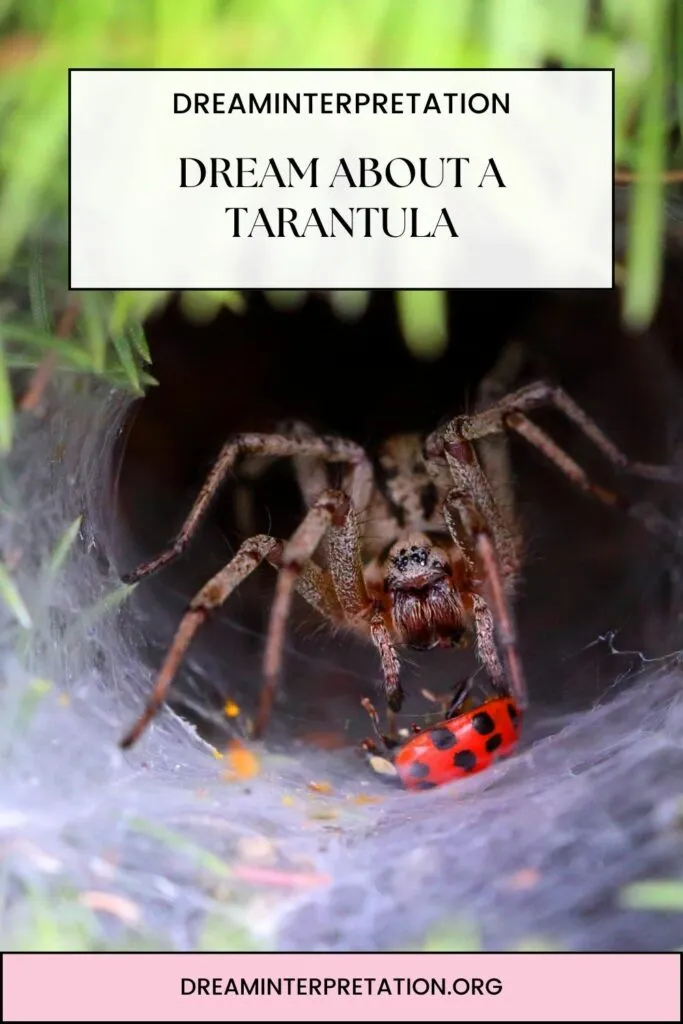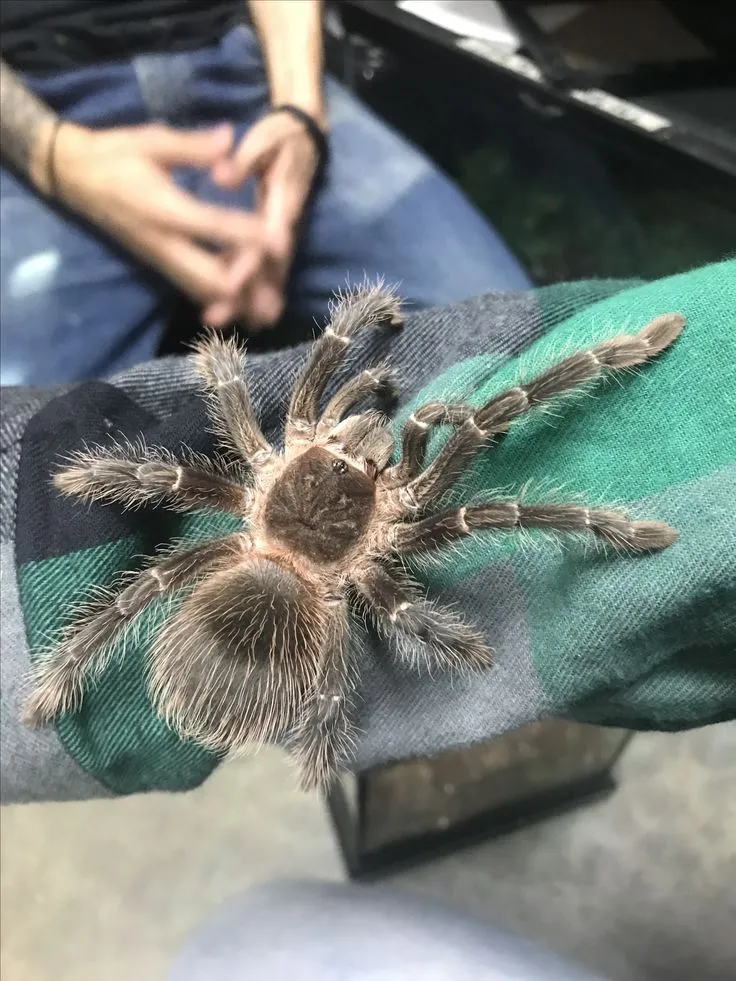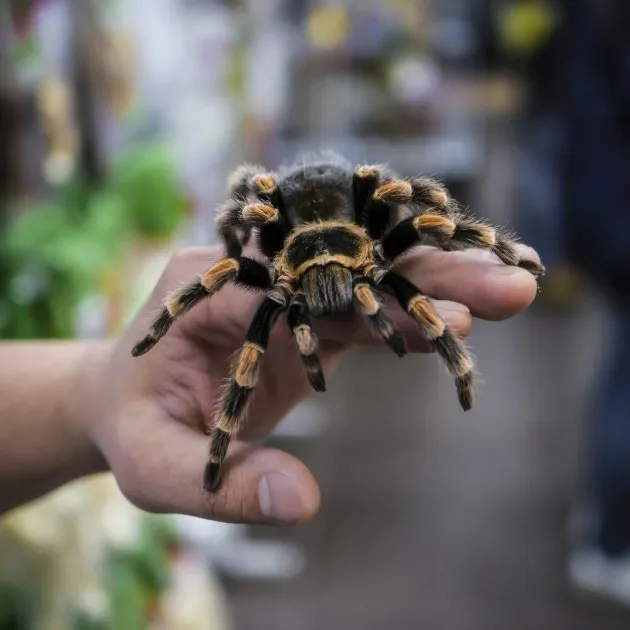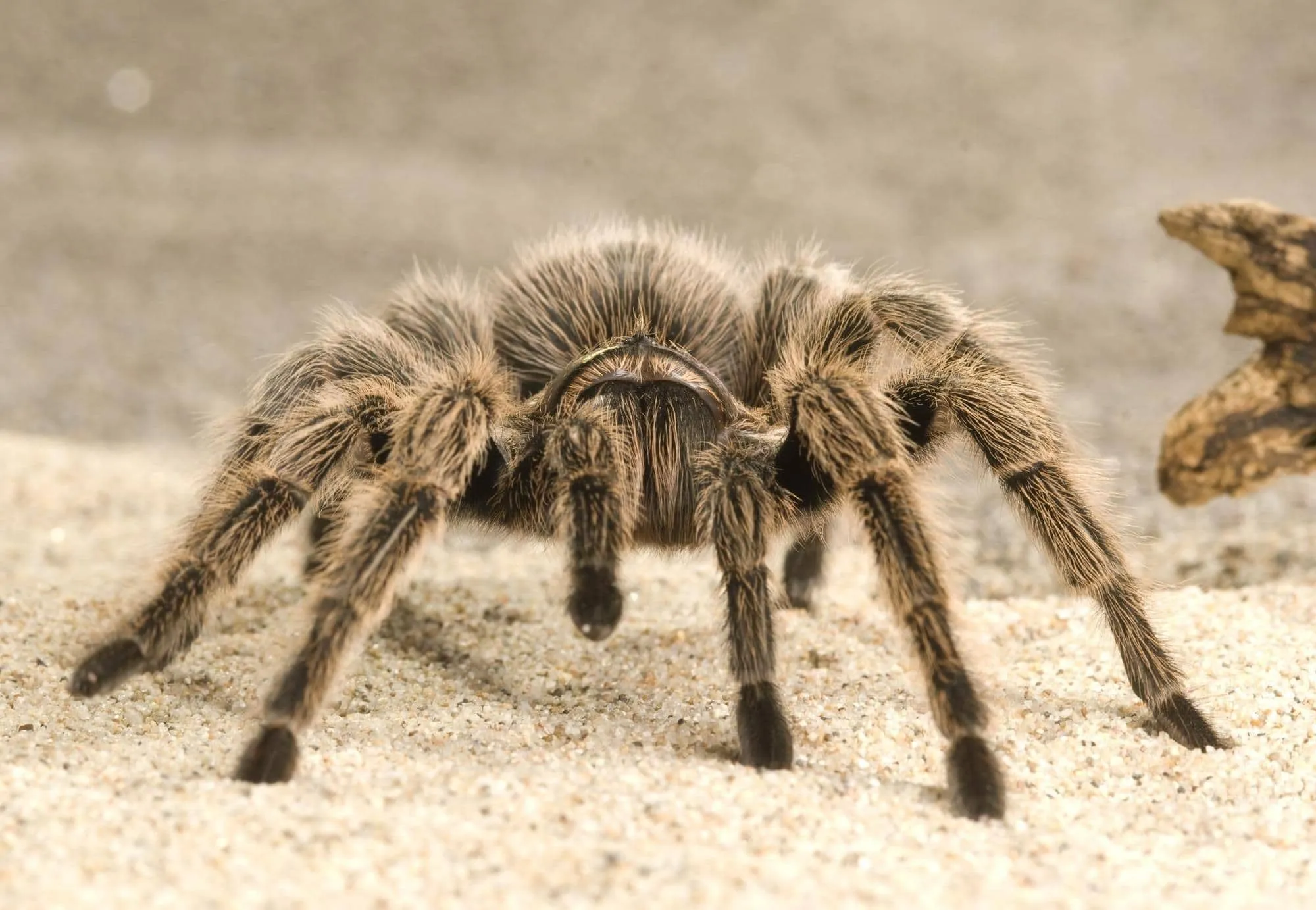Pet Tarantula Dream Top 5 Care Tips!
The dream of owning a pet tarantula is a unique one, and it’s a rewarding experience for many exotic pet enthusiasts. However, taking care of a tarantula requires understanding their specific needs to ensure their health and well-being. These arachnids have distinct requirements compared to more common pets. This guide presents five essential care tips that will help you fulfill your pet tarantula dream, offering insights into creating the perfect environment and ensuring your eight-legged friend thrives. From enclosure setup to feeding routines, we’ll explore the key aspects of tarantula care to help you become a responsible and informed pet owner.
Choosing the Right Enclosure
Selecting the right enclosure is the first and most crucial step in providing a comfortable and safe environment for your tarantula. The enclosure should be appropriately sized for the species and the spider’s current stage of life, offering enough space for movement without feeling overly vast, which can make the tarantula feel insecure. The material should be escape-proof and provide good visibility for observation. Glass or clear plastic enclosures are ideal. The enclosure’s design plays a critical role in maintaining proper humidity and temperature levels.
Enclosure Size and Ventilation

The size of the enclosure directly affects your tarantula’s well-being. A good rule of thumb is to provide an enclosure that is at least twice the tarantula’s leg span in length and width, and tall enough to prevent escape and allow for substrate depth. Ventilation is equally important. Proper airflow helps regulate humidity and prevents the buildup of harmful mold or bacteria. Ensure the enclosure has adequate ventilation, such as cross-ventilation holes, while being careful not to create drafts that can stress the tarantula. The design should provide both security and a suitable living space.
The setup should also mimic the tarantula’s natural habitat, providing a sense of security and encouraging natural behaviors. Consider the tarantula’s species, as arboreal tarantulas (those that live in trees) will need taller enclosures with climbing opportunities, while terrestrial tarantulas (those that live on the ground) will need more floor space and a suitable substrate for burrowing.
Substrate and Decor
The substrate is the bedding material that covers the enclosure floor. It serves multiple purposes, including absorbing moisture, providing a place for the tarantula to burrow, and helping to maintain humidity levels. Suitable substrate options include coconut fiber, peat moss, or a mix of both. Avoid substrates that can be harmful if ingested, such as gravel or wood chips. Decor adds visual interest and offers the tarantula hiding places, making it feel more secure. This can include cork bark, artificial plants, or other non-toxic items. Arrange the decor to provide both open and secluded areas.
Maintaining Optimal Temperature and Humidity
Tarantulas are ectothermic, meaning they rely on their environment to regulate their body temperature. Providing the correct temperature and humidity is crucial for their health, molting, and overall well-being. Regular monitoring is essential to ensure the environmental conditions remain within the ideal range for the tarantula’s specific species.
Temperature Requirements

Most tarantula species thrive in temperatures between 75-85°F (24-29°C). Use a reliable thermometer to monitor the temperature within the enclosure. Avoid placing the enclosure in direct sunlight or near heat sources that could cause overheating. If the temperature drops below the ideal range, you may need to use a heat source, such as a heat mat placed on the side of the enclosure, to provide gentle warmth. Never use heat lamps, as they can dry out the enclosure and potentially burn the tarantula.
Humidity Levels
Humidity requirements vary depending on the species. Some tarantulas need higher humidity levels than others. Generally, humidity levels should be between 60-80% for most species. Use a hygrometer to measure humidity accurately. Maintain humidity by misting the enclosure with dechlorinated water, especially around the substrate, to create a humid microclimate. Ensure there is adequate ventilation to prevent mold growth. For species that need higher humidity, a slightly deeper substrate and a water dish can also contribute to maintaining the correct environment.
Feeding Your Tarantula
Feeding is a critical aspect of tarantula care. Proper nutrition ensures your pet remains healthy and active. The diet should be tailored to the tarantula’s size, age, and species. Overfeeding can lead to health problems, while underfeeding can stunt growth or cause other issues. Carefully consider the type, size, and frequency of feeding to meet the tarantula’s nutritional needs.
Appropriate Prey

Tarantulas are carnivores, and their diet consists primarily of insects. The most common feeder insects include crickets, mealworms, and roaches. The size of the prey should be appropriate for the tarantula’s size; generally, the prey should be no larger than the tarantula’s abdomen. Always ensure the prey is healthy and free from pesticides, as these can harm your tarantula. Offer a variety of insects to provide a balanced diet. Consider gut-loading the feeder insects with nutritious food before feeding them to your tarantula.
Feeding Frequency
Feeding frequency depends on the tarantula’s age, species, and growth rate. Spiderlings and juveniles usually need to be fed more often, typically every few days. Adult tarantulas can be fed less frequently, often once a week or even less, depending on their size and feeding habits. It is essential to observe your tarantula’s behavior and adjust the feeding schedule accordingly. Remove any uneaten prey within 24 hours to prevent them from stressing the tarantula or potentially harming it during molting.
Water and Hydration
Providing fresh water is essential for a tarantula’s health. Although tarantulas get some moisture from their food, they still need a constant supply of clean water to stay hydrated, particularly during molting. The way you provide water should be safe and readily accessible for your pet.
Water Dish and Refilling

Provide a shallow water dish that is easily accessible. The dish should be shallow enough to prevent the tarantula from drowning. Use a small, stable water dish made of non-toxic material. Regularly refill the dish with fresh, dechlorinated water. Clean the dish frequently to prevent the buildup of bacteria or mold. For smaller tarantulas, you might use a bottle cap or a sponge soaked in water, as they can be prone to drowning in larger water sources.
Molting and Its Importance
Molting is a natural and essential process for tarantulas, allowing them to grow and shed their old exoskeletons. It is a vulnerable time for the tarantula, and understanding how to support them during this process is key to their well-being. Knowing the signs and providing the right conditions can significantly impact a tarantula’s health.
Recognizing the Molting Process
Before molting, tarantulas often stop eating and may become less active. They might create a web mat or lie on their backs. The abdomen might appear darker and more swollen, and the tarantula may lose its appetite. These are all signs that your tarantula is preparing to molt. The duration of the molting process varies, but it can sometimes take several hours to days. Avoid disturbing the tarantula during this sensitive time.
What to Do During Molting

During molting, it’s crucial to keep the environment stable. Maintain the correct temperature and humidity levels. Do not feed the tarantula until its exoskeleton has fully hardened, usually a week or two after molting. Avoid handling the tarantula during or immediately after molting, as its new exoskeleton will be soft and vulnerable. Once the tarantula has hardened, it will resume normal activities, often displaying brighter colors and increased appetite.
Owning a pet tarantula can be a fascinating and rewarding experience. By following these top 5 care tips, you can create the best environment for your tarantula to thrive, ensuring that your pet tarantula dream becomes a reality. Remember that research and a commitment to responsible pet ownership are key to providing a happy and healthy life for your eight-legged companion. With the right care, you’ll be able to enjoy the unique beauty and fascinating behavior of your pet tarantula for years to come. Always continue to research and learn, as the more you know, the better you can care for your tarantula.
